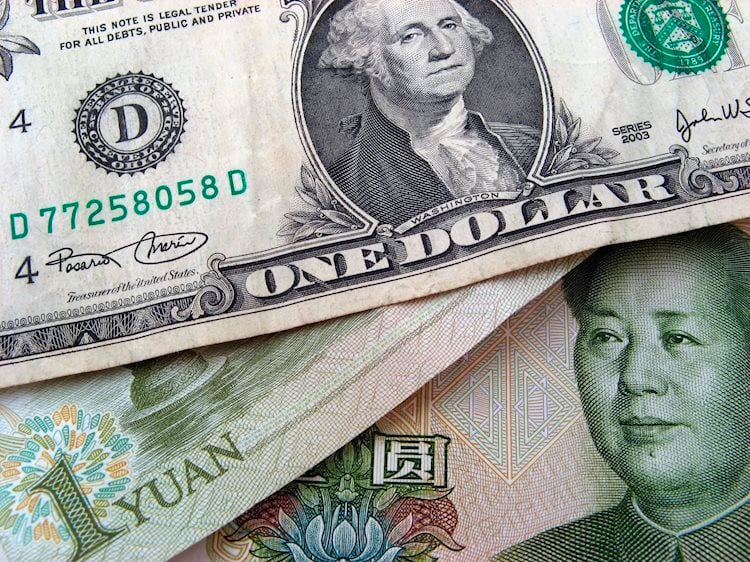By Rae Wee
SINGAPORE (Reuters) -The yen rose broadly on Wednesday though traders and analysts were unsure of what was behind the move, while sterling scaled a one-year top after hotter-than-expected UK inflation data.
The dollar fell more than 0.8% against the yen to a session-low of 157.01, putting traders on alert for signs of another intervention from Japanese authorities to prop up the currency.
Tokyo was thought to have intervened in the market last week to shore up the battered yen, with Bank of Japan (BOJ) data released on Tuesday suggesting 2.14 trillion yen ($13.5 billion) may have been spent last Friday.
Combined with the estimated amount spent on Thursday, Japan is suspected to have bought nearly 6 trillion yen via intervention last week.
“I’m not exactly sure why it suddenly dropped,” said Khoon Goh, head of Asia research for ANZ, referring to the dollar/yen currency pair.
“First and foremost, I think people might suspect intervention after what happened last week, but to be honest, as far as I know, there wasn’t any news or anything like that has happened to drive this move.”
The yen similarly eked out gains against other major currencies, with the euro last down 0.64% to 171.44 yen, while sterling fell 0.45% to 204.37 yen.
Elsewhere, the British pound rose roughly 0.3% to $1.3013, its strongest level since July 19, 2023, after data on Wednesday showed UK inflation rose slightly more than expected.
Headline inflation held at 2% on an annual basis in June against forecasts for a 1.9% increase, while the closely watched services inflation came in at 5.7%. Core inflation, however, was in line with expectations.
That sent traders paring back bets of a rate cut from the Bank of England in August, providing a small boost to sterling.
“This morning’s UK inflation figures will likely be of some concern to policymakers on the (Monetary Policy Committee), with continued signs of inflation remaining sticky within the UK economy,” said Michael Brown, senior research strategist at Pepperstone.
“Naturally, the figures cast doubt on the MPC delivering the first 25bp cut of the cycle at the August meeting.”
The dollar was on the back foot in the broader market, with the euro rising 0.1% to $1.0910, while the Australian dollar
The fell 0.18% to 104.03.
While Tuesday’s U.S. retail sales data pointed to consumer resilience and bolstered second-quarter growth prospects in the world’s largest economy, that failed to significantly alter market views for a rate cut from the Federal Reserve in September, which is now fully priced in.
“Ultimately, the story that I think best describes it is that the markets have chosen the story of a Goldilocks economy,” said Kyle Rodda, senior financial market analyst at Capital.com.
“Yes, retail sales are solid, at least on a nominal basis, and consumer demand is strong. But the more important data is the inflation data, and that’s telling the market that the Fed is in a position to cut fairly soon.”
The New Zealand dollar was last 0.43% higher at $0.6076, helped by data earlier on Wednesday which showed domestically driven inflation remained high in the second quarter, even as the headline figure missed expectations.
Still, markets are sticking to bets of about three rate cuts from the Reserve Bank of New Zealand (RBNZ) this year.













